The 1970s was a decade of bold expression, experimental design, and a distinctive aesthetic that transformed the American home. Living rooms during this era weren’t just places to sit—they were statements of personality, cultural values, and artistic expression. From earth tones to dramatic shapes, these spaces captured the spirit of a decade that wasn’t afraid to be different.
1. The Conversation Pit
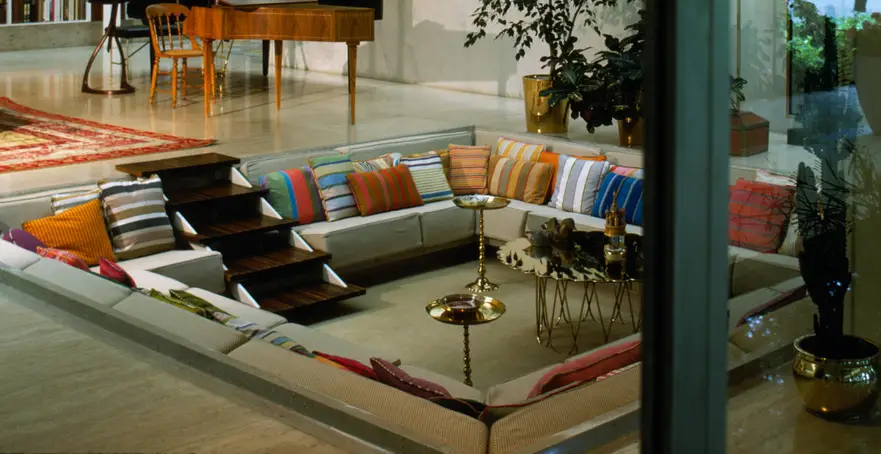
The ultimate symbol of ’70s architectural cool, conversation pits were sunken living areas designed to foster intimate gatherings and discussions. These recessed seating arrangements, often surrounded by shag carpeting, created a theater-like atmosphere for social interaction. The design literally brought people closer together, creating a physical space that encouraged face-to-face communication. Something Curated lounges back down memory lane to explore the history of the conversation pit and its impact on the culture of America during its reign.
Conversation pits typically featured built-in sofas arranged in a square or circular formation, with optional steps leading down into this social sanctuary. The surrounding floor became a natural border, creating a room-within-a-room effect that felt both cozy and dramatically modern. This architectural feature represented the decade’s emphasis on creating spaces specifically designed for human connection and meaningful dialogue.
2. The Iconic Bean Bag Chair
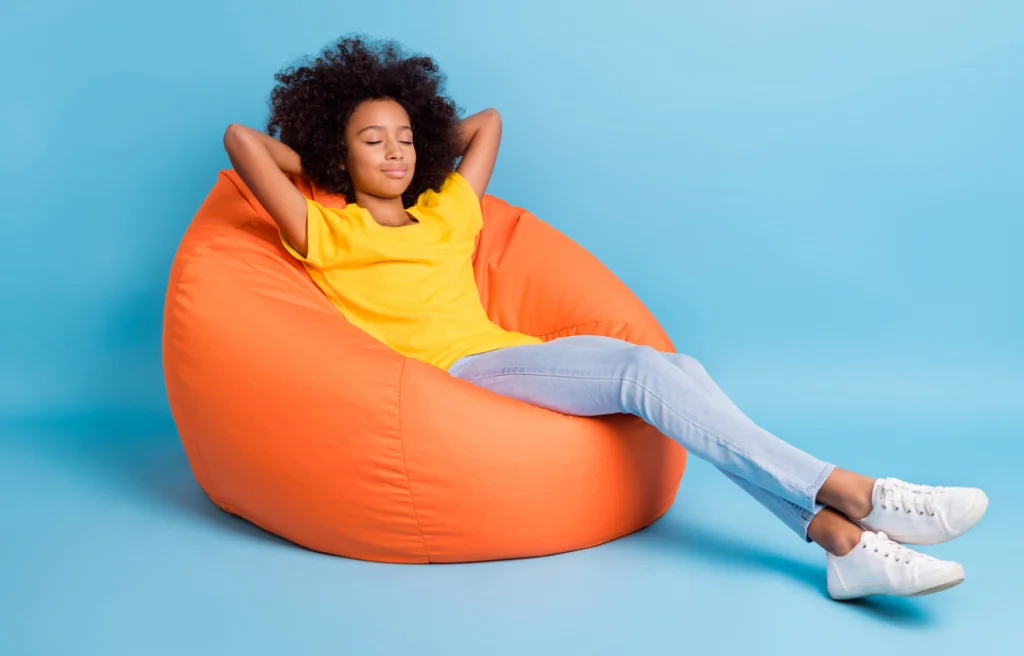
No ’70s teen bedroom or casual living room corner was complete without at least one overstuffed bean bag chair. These formless furniture pieces represented the decade’s rebellion against structure, formality, and traditional seating arrangements. Available in vibrant colors like harvest gold, avocado green, and burnt orange, bean bags embodied the playful, relaxed atmosphere of the era. For those hoping for this feature’s return, House & Garden explores if maybe, just maybe, the bean bag chair is enjoying a comeback.
The satisfying sound of shifting polystyrene beads accompanied every movement, creating a tactile and auditory experience unique to this furniture innovation. Bean bags democratized lounging by allowing users to create their own perfect position, rather than conforming to the rigid designs of conventional furniture. They were affordable counterculture statements that said, “We don’t need to sit up straight anymore.”
3. The Massive Console Television
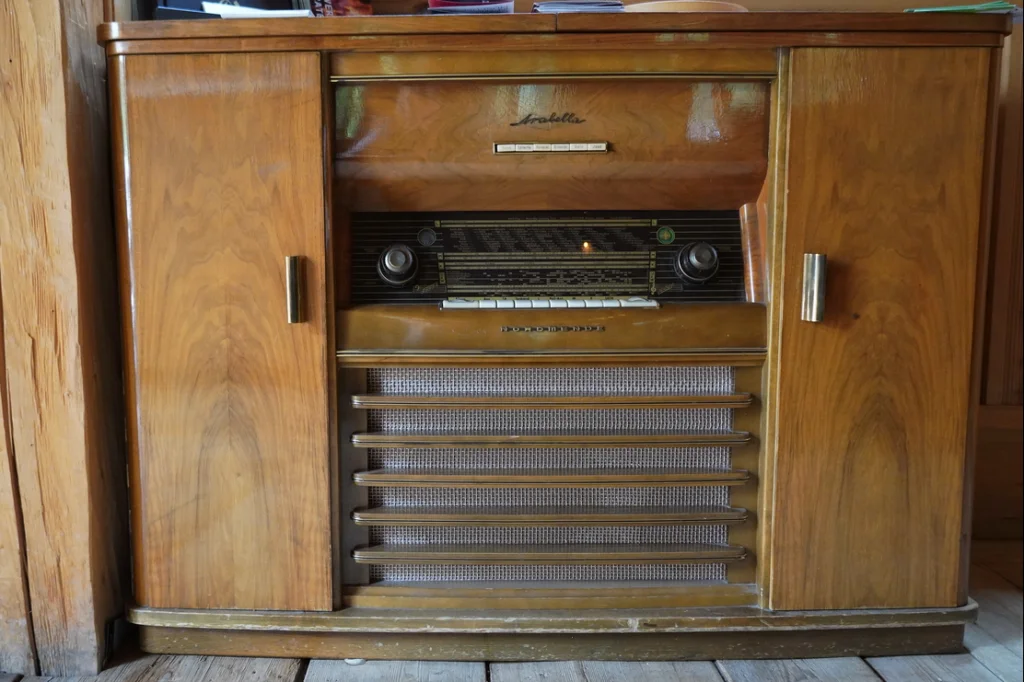
Television sets in the 1970s weren’t just appliances—they were substantial pieces of furniture that anchored the living room. These wooden consoles housed relatively small screens within imposing cabinetry that often included storage compartments, decorative details, and sometimes even built-in record players. Families arranged their entire seating layout to face these entertainment altars. CBS News turns the dial on the history of the television set as a whole and the many grand evolutions it has gone through.
Despite their size, these TVs offered screens typically measuring only 25 inches or less, creating a striking disproportion between furniture mass and viewing area. The console’s wooden exterior—usually in dark oak, walnut, or maple veneer—was designed to complement other wood furniture in the room. These television cabinets represented the era’s attempt to domesticate technology by disguising it as traditional furniture.
4. The Ubiquitous Shag Carpet

Shag carpeting wasn’t just floor covering—it was practically a family member in ’70s homes, covering living rooms with its distinctive deep pile and vibrant colors. These carpets brought texture, warmth, and acoustic dampening to living spaces, creating environments that literally cushioned everyday life. The most coveted varieties featured multiple colors twisted together, creating visual depth and hiding stains with remarkable efficiency.
Proper maintenance of shag carpeting required specialized rakes and combs designed specifically to fluff and restore the pile after foot traffic had matted it down. The thickness of these carpets could easily swallow small objects, creating a household ecosystem where lost items might not resurface for years. Vacuum cleaners struggled valiantly against these dense fiber forests, often losing the battle to the carpet’s robust pile.
5. The Sunburst Wall Clock
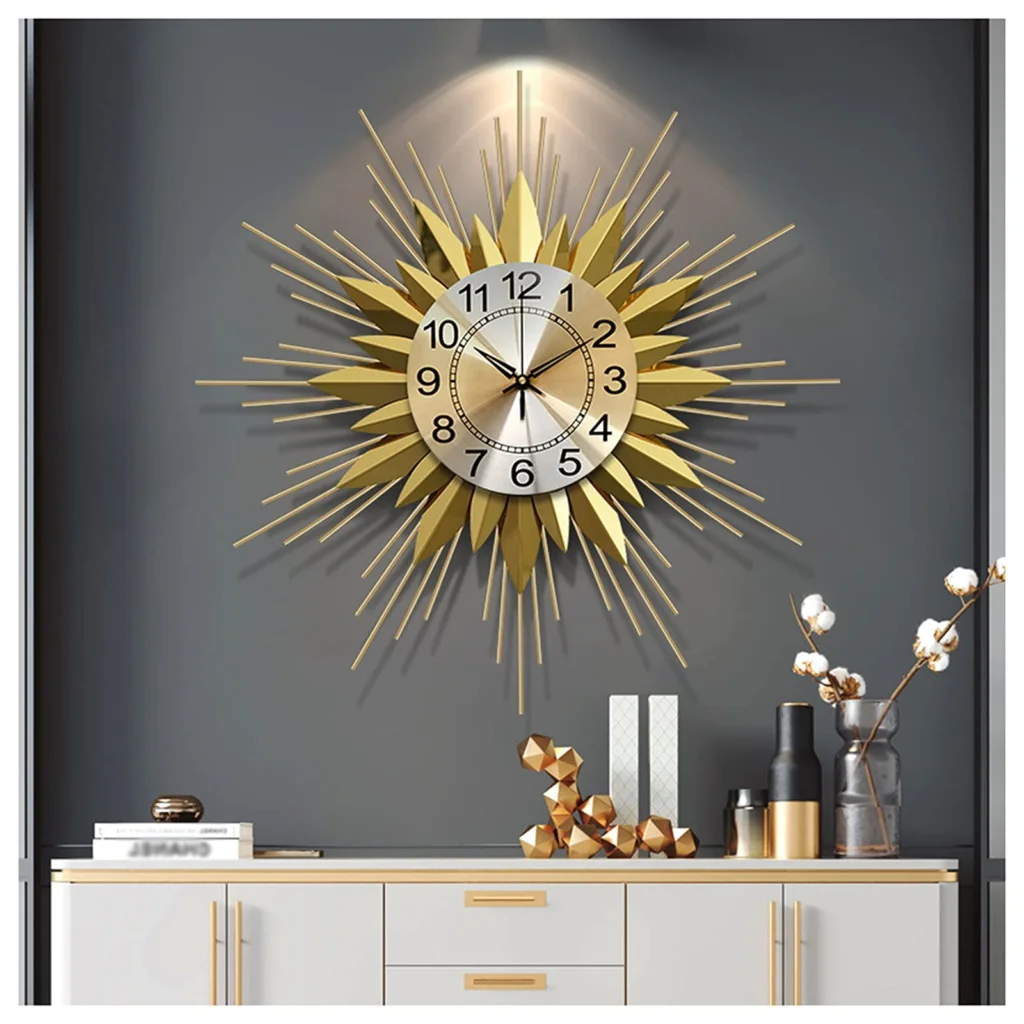
Hanging prominently above sofas or fireplaces, sunburst clocks combined timekeeping with artistic expression through their radiating metal spikes and minimalist central faces. These timepieces, often in gold, brass, or copper finishes, added a sculptural element to walls while reinforcing the decade’s fascination with celestial and atomic imagery. The starburst pattern created a dramatic focal point that drew the eye and activated otherwise empty wall space.
The contrast between the delicate clock mechanism and the bold radiating design embodied the ’70s love of visual drama and mixed materials. These clocks were rarely just utilitarian objects; they were statements about a home’s commitment to modern design principles. In many living rooms, the sunburst clock served as a space-age counterpoint to more traditional furniture pieces.
6. The Macramé Plant Hanger

Handcrafted macramé plant hangers suspended Boston ferns and spider plants from ceilings, transforming living room corners into cascading indoor gardens. These intricate rope creations represented the decade’s revival of handicrafts and connection to natural materials. The combination of green plants and natural fibers softened the era’s geometric furniture and hard architectural lines.
Hanging plants created vertical interest in rooms that might otherwise focus only on furniture arranged around the perimeter. The gentle movement of leaves as air circulated around suspended plants brought a subtle dynamism to static living spaces. Macramé hangers embodied the era’s “back to nature” ethos while allowing homeowners to participate in the handmade craft movement that defined 1970s interior aesthetics.
7. The Smoked Glass Coffee Table
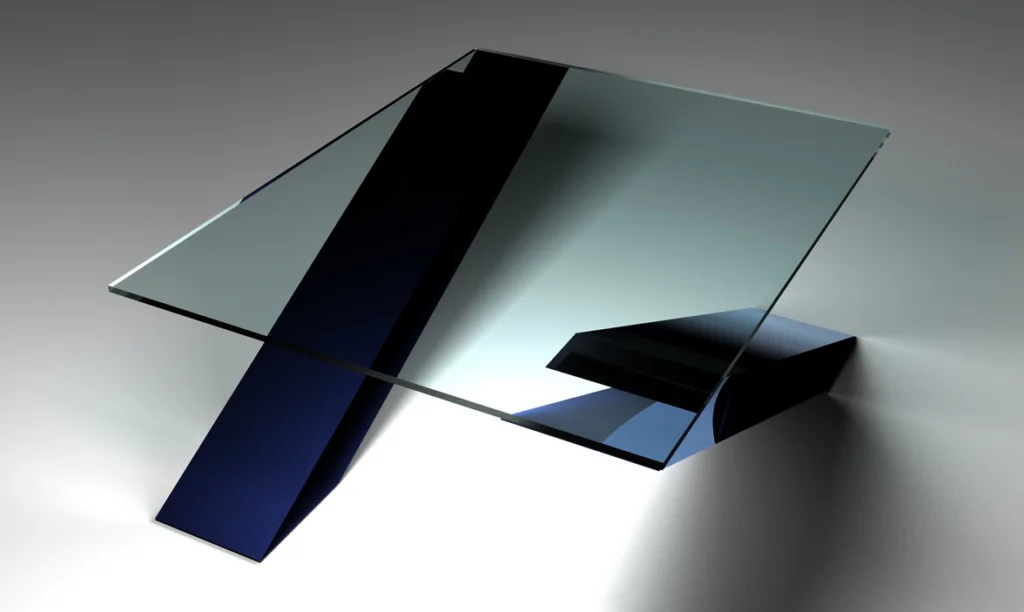
Coffee tables featuring smoked glass tops supported by chrome, brass, or dark wood bases became central features in design-conscious living rooms. These tables reflected the decade’s fascination with combining traditional materials with more industrial, modern elements. The smoky glass surface created an intriguing visual depth while maintaining the era’s love of dramatic contrast.
These tables weren’t just functional; they were sculptural statements that anchored seating arrangements while providing space for magazines, drinks, and the occasional cigarette burn. The dark glass obscured dust and fingerprints, making them practical choices for daily use despite their sophisticated appearance. Chrome-legged versions often featured multiple levels, creating architectural interest within the coffee table itself.
8. The Sectional Sofa

Modular sectional sofas revolutionized living room layouts by allowing families to configure seating according to their specific spaces and needs. These expansive seating solutions typically featured bold upholstery in patterns like oversized florals, geometric designs, or solid earth tones. The flexibility of these systems reflected the decade’s shift away from formal, static furniture arrangements.
L-shaped and U-shaped configurations created natural conversation areas that encouraged face-to-face interaction. The deep cushions and low profiles of these sofas invited casual lounging rather than formal sitting, reflecting the relaxed social attitudes of the era. Matching ottoman components could function as coffee tables, footrests, or additional seating, making these sectionals the Swiss Army knives of ’70s furniture design.
9. The Faux Wood Paneling
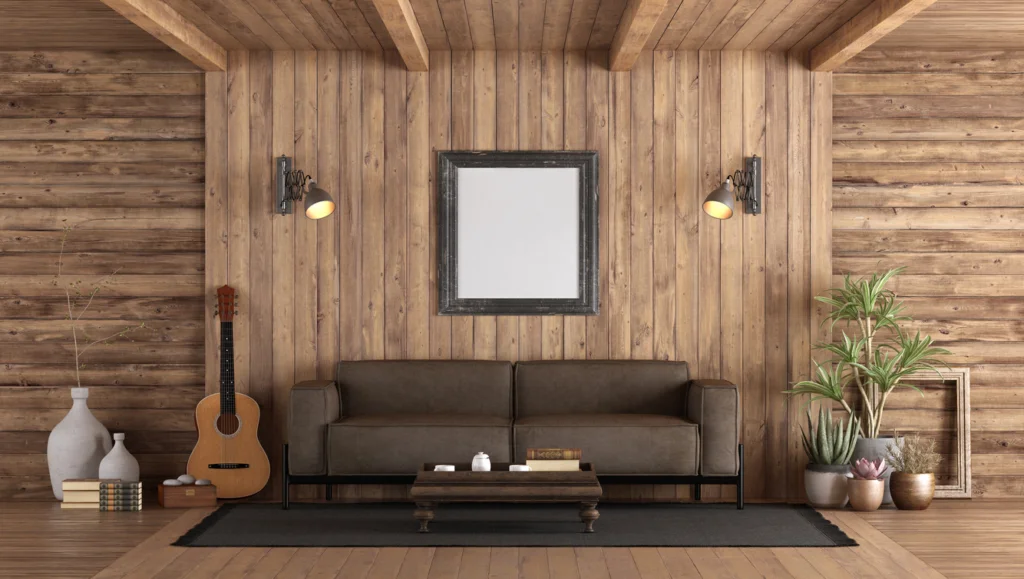
Though technically not furniture, no discussion of ’70s living rooms would be complete without acknowledging the ubiquitous faux wood paneling that provided the backdrop for countless family gatherings. These prefabricated wood-look sheets transformed ordinary drywall into simulated rustic environments with minimal expense or effort. The warm tones of these panels created a cozy atmosphere that complemented the era’s earth-toned furniture.
The distinctive vertical lines of wood paneling visually heightened rooms while providing a textured surface more interesting than painted walls. Homeowners appreciated the durability of these panels, which could withstand the casual abuse of family life better than traditional wall surfaces. The paneling’s somewhat masculine aesthetic balanced the softer elements like shag carpeting and fabric furniture in the typical ’70s living room.
10. The Recliner Chair
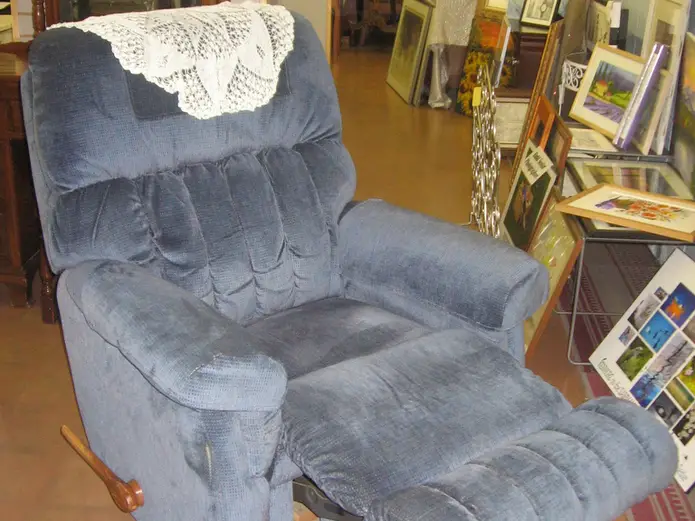
The quintessential throne of the 1970s father figure, recliners represented both comfort technology and the changing power dynamics within American households. These chairs—often upholstered in naugahyde or heavy textured fabrics—featured mechanical systems that transformed them from standard armchairs into lounge-like comfort stations. The distinctive sound of a recliner locking into position announced that relaxation had officially commenced.
Typically positioned for optimal television viewing, recliners often became personal territories within shared living spaces. The side pocket features stored remote controls, TV guides, and snacks, creating self-contained relaxation stations requiring minimal movement. These chairs embodied the decade’s increasing focus on personal comfort and the growing centrality of television in family life.
11. The Laminated Record Cabinet
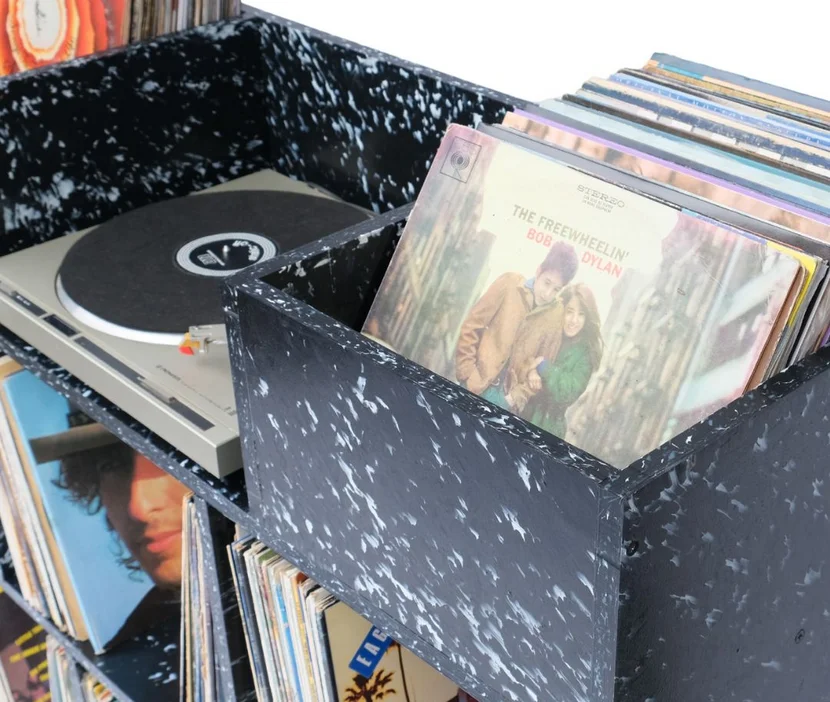
Purpose-built record storage cabinets provided homes for expanding vinyl collections while serving as display platforms for sophisticated stereo equipment. These cabinets featured specialized compartments designed to keep albums upright and accessible, often with additional storage for stereo components and accessories. The careful organization of music collections represented a household’s cultural values and entertainment priorities.
Record cabinets typically featured plastic laminate finishes that mimicked wood grain while providing more durability than natural materials. These cabinets often included sliding doors that could conceal or reveal collections depending on whether the homeowner wanted to showcase or hide their musical tastes. The prominent position of these cabinets in living rooms demonstrated the central importance of music in ’70s domestic life.
12. The Chrome Floor Lamp
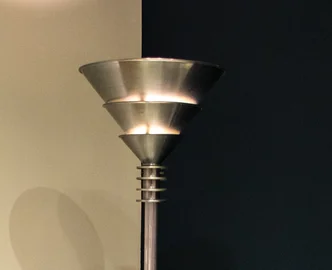
Arching chrome floor lamps with dome-shaped shades dramatically extended over seating areas, creating pools of light that defined intimate spaces within larger rooms. These architectural lighting solutions combined space-age aesthetics with practical illumination, allowing light to be directed precisely where needed. The shiny chrome finish complemented other metallic elements in the room while providing visual contrast to organic materials.
The dramatic curve of these lamps added a sculptural element that activated otherwise empty corners and vertical spaces. The weight of the marble base counterbalanced the extended arm, creating a visual tension that made these lamps seem to defy gravity. These lighting fixtures represented the decade’s fascination with modern materials and forms that could transform everyday functional objects into artistic statements.
13. The Woven Wicker Peacock Chair
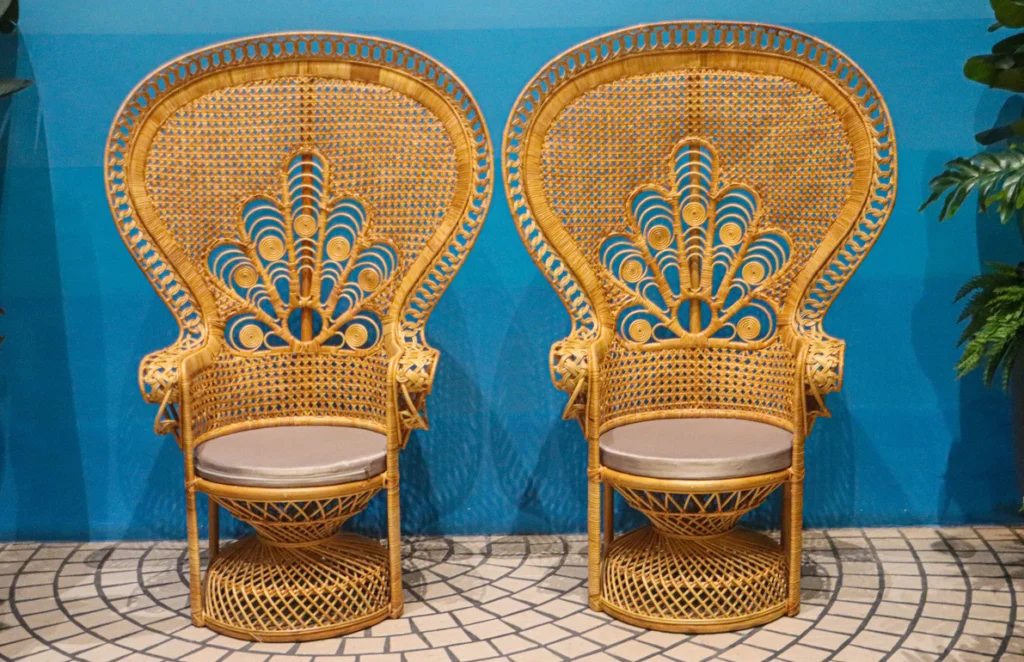
The dramatic fan-shaped peacock chair, with its throne-like silhouette and intricate woven pattern, served as both seating and sculptural statement in style-conscious living rooms. Originally from Southeast Asia, these chairs became symbols of exotic sophistication and bohemian sensibility when placed in American homes. The dramatic high back created a natural photo backdrop that appeared in countless family portraits and professional musician photographs.
The natural wicker material connected to the decade’s fascination with organic textures and handcrafted elements. These chairs typically featured cushions in bright fabrics that complemented the neutral tones of the woven frame. The peacock chair’s distinctive silhouette became so iconic that it transcended its function as seating to become a cultural symbol of the era’s eclectic design sensibility.
These distinctive furniture pieces weren’t just functional objects—they were expressions of a decade defined by cultural transformation, design experimentation, and changing social norms. The ’70s living room, with its bold colors, dramatic forms, and textural contrasts, captured a moment when American homes became more personal, more comfortable, and decidedly more adventurous.


